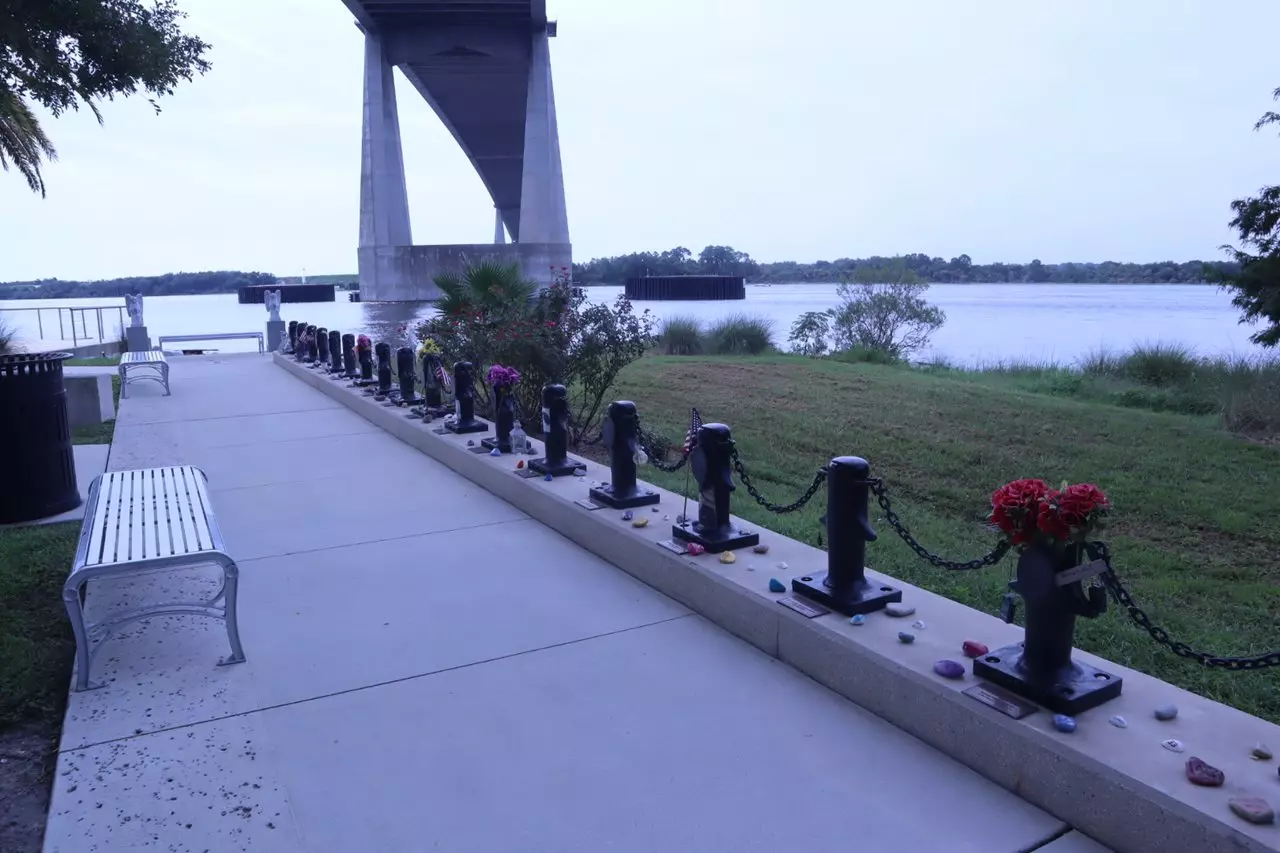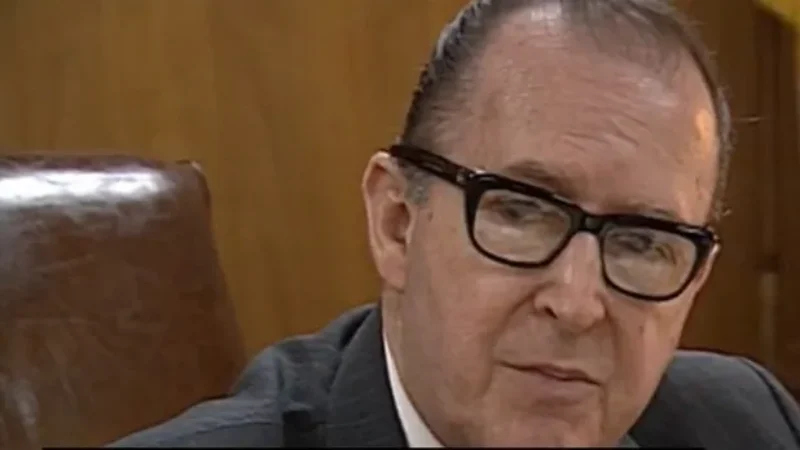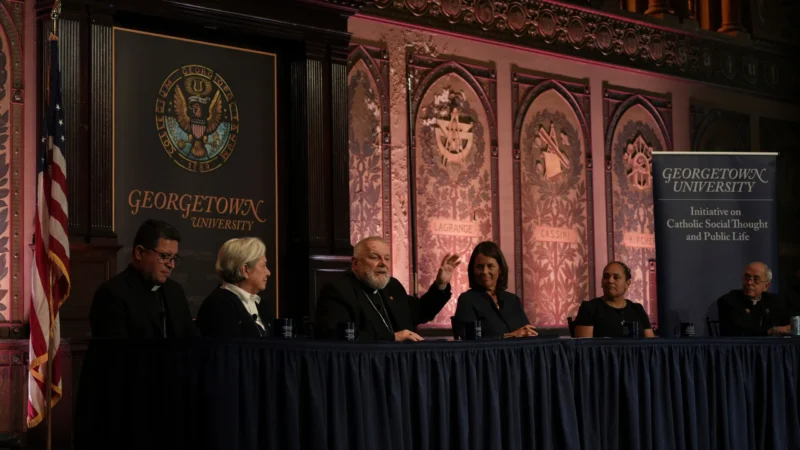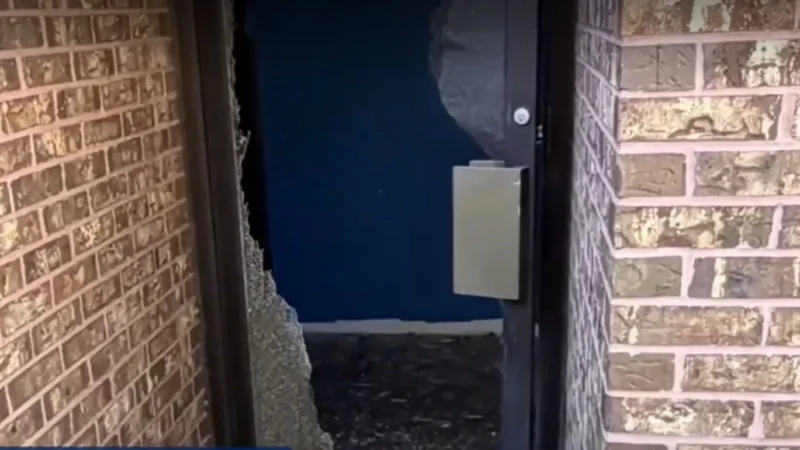Ten years ago this week, one of the worst maritime disasters in American history took place in the Bahamas. Thirty-three crew members of the container ship SS El Faro sailed directly into Hurricane Joaquin, a Category 4 storm.
The ship was headed out of Jacksonville, where much of the crew was based, to Puerto Rico, an island dependent on cargo ships from the U.S. mainland.
A new Audible podcast, Shipwreck: How a Captain, Company, and Culture Sank the SS El Faro, details the numerous layers of the tragedy. It runs the gamut: from a corporate culture of putting off needed ship repairs to anxieties about the state of the shipping industry that made for toxic dynamics among the crew to lapses of oversight by federal regulators and a century-old law that keeps the outdated industry in the U.S. alive.
Maeve McGoran, the reporter and host of the podcast, joined WLRN’s Danny Rivero on The Florida Roundup on Friday to discuss the series, which reconstructed the catastrophe using transcripts that came from the ship’s black box and used actors to bring the transcript to life since federal investigators would not release the audio.
The aging El Faro
An official investigation found that the captain, Michael Davidson, was at fault. But so was TOTE Maritime, the Jacksonville-based shipping company that owned the ship, a private inspection company and the Coast Guard.
The Coast Guard initially admitted fault but later recanted.
“The Coast Guard approved the changes, didn’t order the safety upgrades, and years later, during this investigation, they said we were wrong. ‘Had we done that, perhaps this ship would not have sunk.’ And it was a very emotional for the families to hear this,” McGoran said.
“In the years after that, the Coast Guard reneged on that. They went back. They said, ‘You know what, we’ve changed our mind. We don’t think we made a mistake. We think we acted properly. And you know the implication being, therefore, we’re not at fault for this.’ ”
Why was there no mutiny?
The sinking of the El Faro (Spanish for “the lighthouse”) raised troubling questions. Why did the captain choose to sail into the hurricane? Why did no one on board or onshore stop him?
McGoran recounted a culture of timidity and fear around the captain.
“The captain was the god. No one questioned him. Five different officers tried to persuade him to change course to one extent or another, and he kind of blew them all off. … They were very concerned. They were worried about this hurricane. They knew the trouble they were sailing into, but they were very timid when they addressed the captain.”
Remembering the El Faro
Visitors to Dames Point Park in Jacksonville can see an El Faro memorial along the St. Johns River.
The memorial takes form in a 10-foot-tall bronze lighthouse beneath the massive Dames Point Bridge. A line of 33 memorial markers shaped like dock cleats, each with a nameplate and a photo, memorializes each of the lives lost on Oct. 2, 2015.
A decade later, there are still many concerns about safety across the maritime industry.
The Jones Act, introduced in 1920, is still on the books. It requires ships going to Puerto Rico or Hawaii be American owned and operated, which keeps many old ships on the water. The U.S. shipping industry has fallen far behind, and these ships are some of the only ones left.
President Donald Trump issued an executive order this year to bring back shipbuilding in the U.S., calling the downfall of that industry a “national security concern.” China has about 5,500 cargo ships. The U.S. only has about 185, according the Bureau of Transportation Statistics.
There’s also a bipartisan bill in Congress that could make it happen.
This story was compiled from interviews conducted by Danny Rivero for The Florida Roundup.
In addition, the families of two crew members appeared Monday on First Coast Connect on WJCT News 89.9. You can hear the show here.






